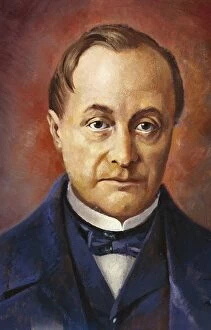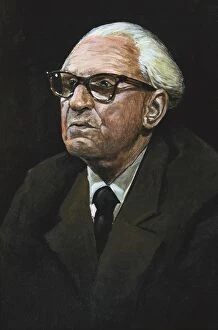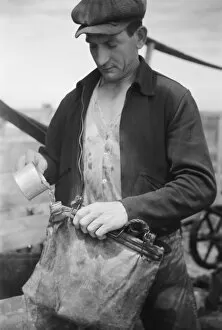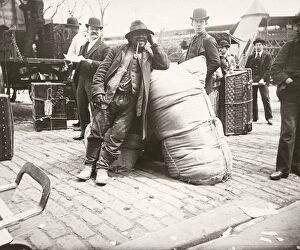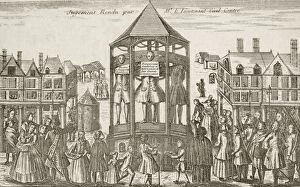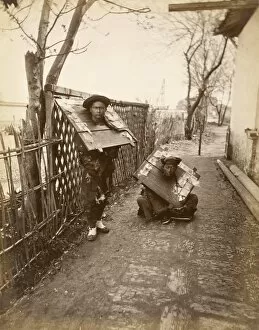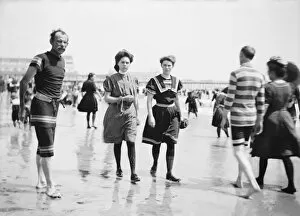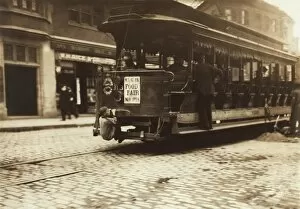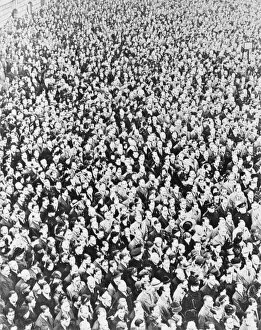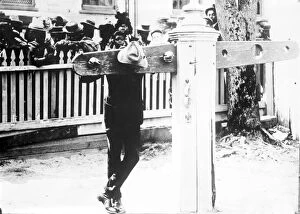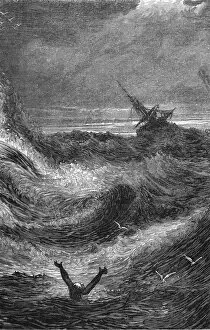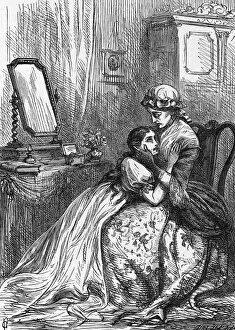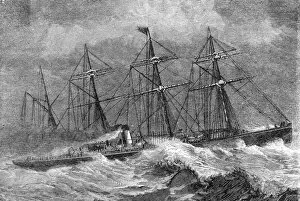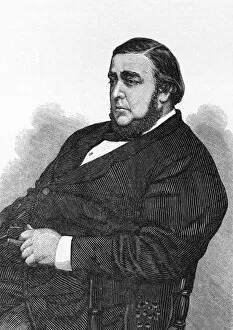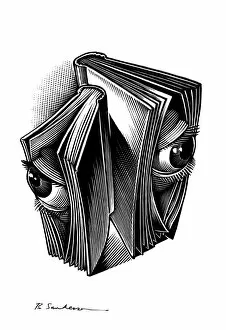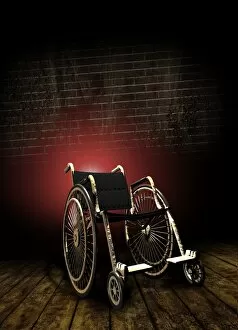Sociological Collection
"Sociological Insights: Exploring the Human Condition through Time and Space" In the realm inquiry
For sale as Licensed Images
Choose your image, Select your licence and Download the media
"Sociological Insights: Exploring the Human Condition through Time and Space" In the realm inquiry, great minds have delved into the depths of human society to unravel its intricate tapestry. One such luminary was Auguste Comte, a French positivist philosopher who laid the foundation for this field of study. His profound ideas continue to shape our understanding of social dynamics. As we journey through time, we encounter snapshots that offer glimpses into different facets of society. A musical soiree in 19th-century New York City, depicted in John Childs' practical amalgamation, reveals how music brought people together across social classes. Moving forward, Herbert Marcuse's philosophical musings resonate with us. This German-Jewish thinker challenged conventional norms and encouraged critical thinking as a means to challenge oppressive systems. The urban landscape provides fertile ground for sociological exploration. Tenement housing in early 20th-century New York City exposes the harsh realities faced by marginalized communities striving for survival amidst overcrowding and poverty. Meanwhile, images from various eras capture diverse aspects of daily life – a sheepherder filling his water bag in 1939 symbolizes resilience and resourcefulness; bootblacks on bustling New York streets during the 1890s highlight economic disparities; immigrants arriving at Ellis Island evoke stories of hope and struggle. History also sheds light on punitive measures employed by societies throughout centuries – bankruptcy punishment in the 16th century demonstrates how financial failures were met with public humiliation; cangue punishment in China during the 19th century exemplifies societal control mechanisms aimed at maintaining order. Transportation hubs serve as microcosms where individuals from all walks of life converge. A luggage cart at a train station during the early 1900s showcases mobility as an essential aspect shaping social interactions. Recreation spaces reflect societal values too – lifeguards overseeing beach visitors between 1880-1906 demonstrate the importance placed on safety and leisure.

